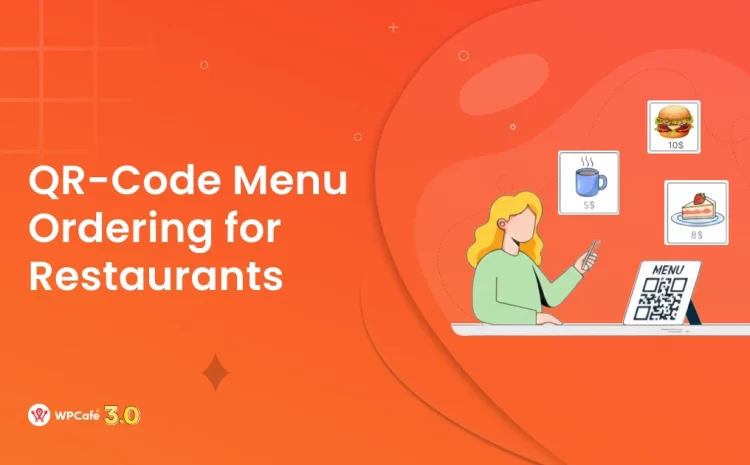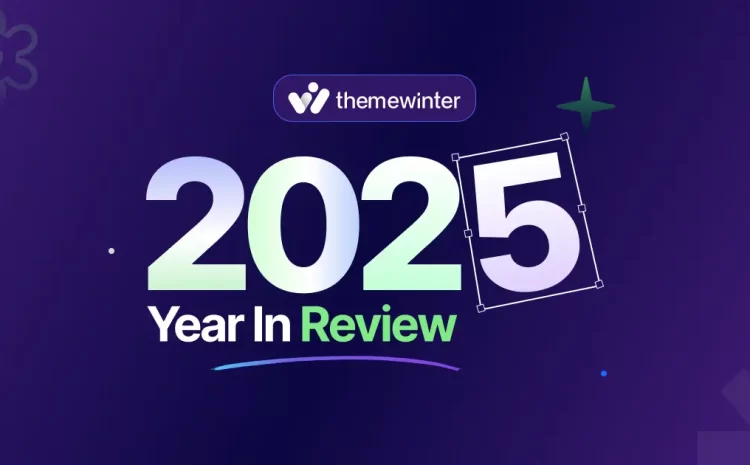How Event Seating Arrangement Can Boost Your Event ROI
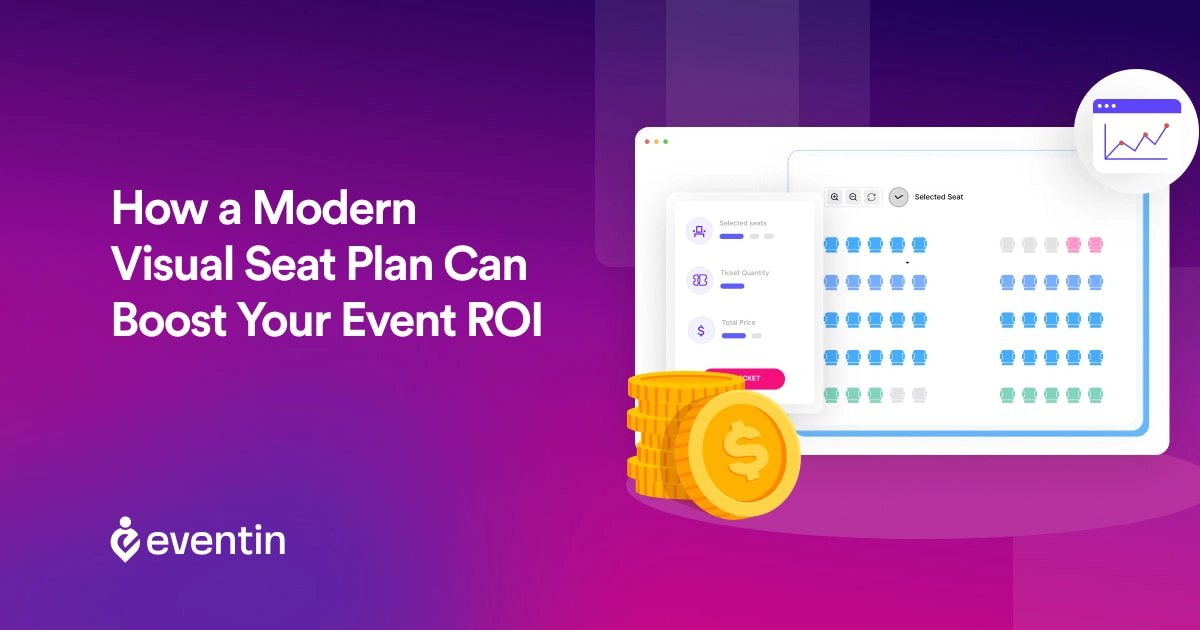
Table of Contents
As the lights dim and the keynote speaker takes the stage, every attendee at the high-profile industry conference should have the best seat in the house.
But imagine if half the room is craning their necks, unable to see the slides or hear the speaker clearly—all because of a poorly planned seating arrangement. This is where the power of a modern visual seat plan comes into play.
Utilizing cutting-edge technology to map out seating can transform an ordinary event into a standout experience, ensuring optimal engagement and, ultimately, maximizing your event’s return on investment (ROI).
This blog will dive into how innovative seat planning isn’t just about placing chairs—it’s about boosting attendee satisfaction and Engagement.
Why Seat Planning Matters
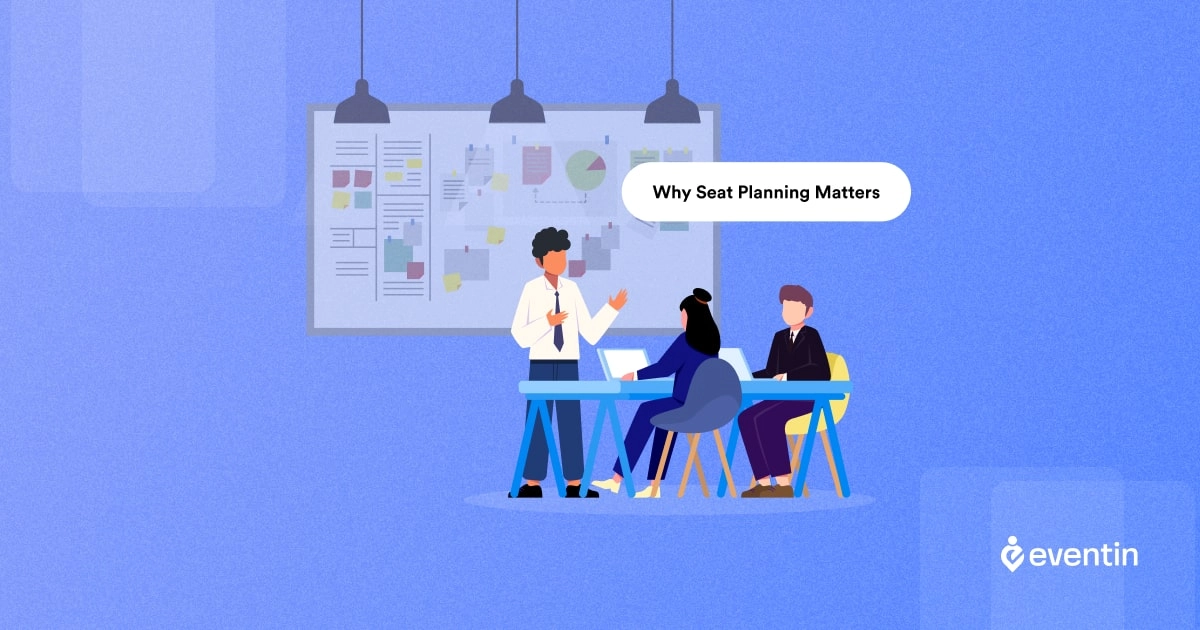
At first glance, the arrangement of seats at an event might seem like just a minor detail in the grand tapestry of event planning. However, the truth is far from it. Effective seat planning is the backbone of a successful event, impacting everything from the flow of foot traffic to the level of interaction between attendees.
- First Impressions Count: The moment attendees walk into your event space, their initial impression is formed. A chaotic or cramped seating arrangement can start things off on the wrong foot. On the other hand, a thoughtfully arranged venue welcomes guests with open arms, setting the tone for a positive experience.
- Engagement and Interaction: Strategic seat planning fosters better engagement and interaction. For example, round table settings encourage open discussions among attendees, while theater-style seating is ideal for focusing attention on speakers and presentations. By considering the purpose of your event and the nature of the interactions you hope to encourage, seat planning can be optimized to enhance participant involvement and satisfaction.
- Accessibility Matters: In today’s world, inclusivity is key. A modern visual seat plan ensures that all attendees, regardless of their physical abilities, have convenient access to facilities, views, and participation. This not only complies with legal requirements but also showcases your commitment to a welcoming and inclusive event environment.
- Maximizing Space and Resources: Efficient use of space is crucial, especially when dealing with limited venues or high attendance rates. A well-executed seat plan ensures every square foot is used effectively, enhancing comfort without sacrificing style. Moreover, it can prevent overbooking and underutilization, which directly affects the event’s financial success.
- Enhanced Safety and Comfort: In light of health concerns and safety regulations, seat planning takes on even greater importance. Proper spacing and easy access to exits are critical for attendee safety, while comfortable seating arrangements contribute to a better overall experience, encouraging longer stays and more meaningful participation.
In essence, seat planning is not just about arranging chairs. It’s about crafting an environment that enhances interaction, ensures safety, maximizes resources, and leaves a lasting positive impression.

How Modern Visual Seat Plan Can Benefit You
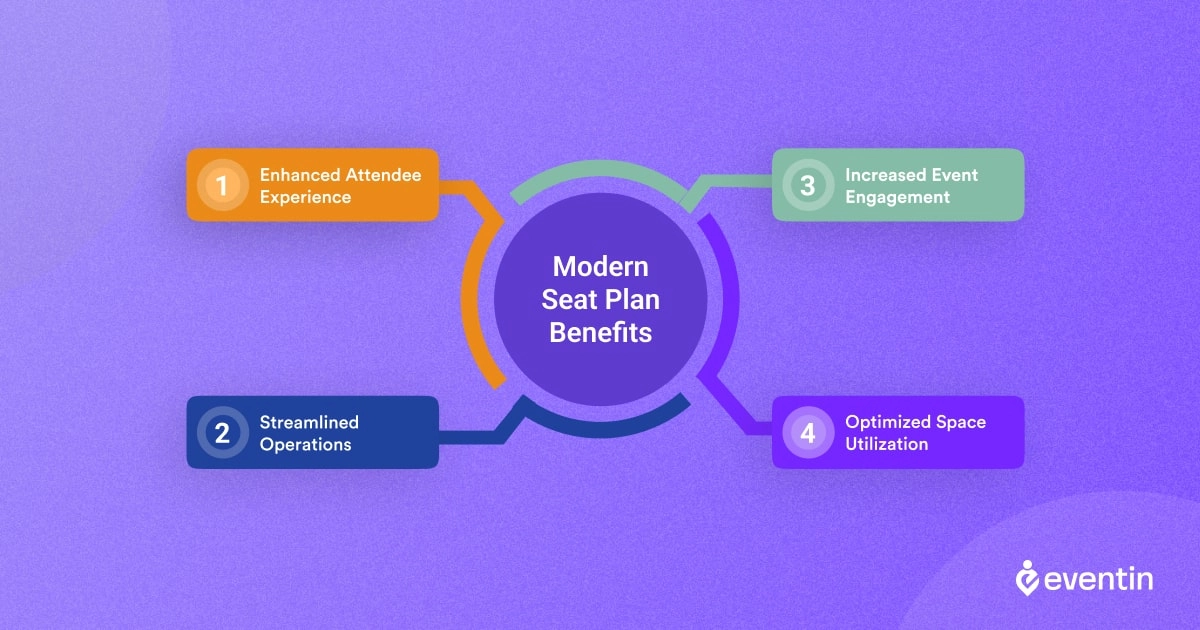
While the modern visual seating plan is a relatively new concept, it has already produced numerous successful case studies. Here’s how a modern visual seat plan can benefit your event management business-
Enhanced Attendee Experience
Nothing says ‘we value you’ more than a hassle-free, personalized seating experience. With modern visual seat plans, attendees can choose their seats in advance, akin to selecting seats for a flight. This autonomy enhances their comfort and satisfaction, as they can opt for positions that suit their preferences—be it closer to the stage for better engagement or near the exits for quick access. This level of personalization goes a long way in boosting attendee contentment and loyalty.
Streamlined Operations
Cut down on the chaos and streamline your event setup with modern seat planning tools. These systems automate seat assignments, reducing manual errors and saving precious time. They integrate smoothly with registration platforms, ensuring that every guest is accounted for and every special request is met. This operational efficiency not only makes the event setup seamless but also reduces the workload on your staff, allowing them to focus on more critical event aspects.
Increased Event Engagement
Strategic seating is crucial for fostering networking and interaction. Modern seat plans can be designed to place attendees near peers with similar interests or with potential business contacts. This setup not only makes the networking process organic but also more fruitful, leading to higher attendee engagement and a more memorable event experience.
Optimized Space Utilization
Effective use of space is paramount, especially in venues where every inch counts. Modern visual seat planning tools offer precise control over space layout, adapting in real-time to changes in attendance and room configuration. This flexibility helps ensure that every area of the venue is used optimally, enhancing comfort and the overall aesthetic appeal, which in turn contributes positively to your event’s atmosphere.
How Visual Seat Plans Impact ROI

Implementing visual seat plans in your events is not just about arranging seats—it’s about strategically enhancing every facet of the event experience to maximize your return on investment.
Here’s a breakdown of the process:
1. Pre-Event Planning and Marketing
The journey begins in the planning phase. Visual seat planning tools allow you to design and optimize seating layouts based on the venue specifics and expected attendance. You can use these layouts in your marketing materials, showcasing the thoughtful arrangement and choice seating options to potential attendees. This transparency helps boost early ticket sales and can even justify higher ticket prices for premium seats.
2. Enhanced Attendee Selection and Personalization
As attendees register, they can choose their preferred seats using the visual seating tool. This self-service feature enhances attendee satisfaction from the outset, as they feel more in control of their experience. For event organizers, this means less time spent on manual seating adjustments and more time focused on other critical aspects of the event.
3. Operational Efficiency During the Event
On the day of the event, a well-planned seat map reduces confusion and congestion at entry points, leading to a smoother start. Attendees find their seats quickly, reducing staff workload and minimizing disruptions. This efficiency not only improves the attendee experience but also lowers operational costs by needing fewer staff members to manage seating.
4. Data Collection and Analysis
Modern visual seat planning tools can integrate with other event management software to collect data on attendee behavior, such as preferred seating locations, the popularity of different sections, and no-show rates. This data is crucial for analyzing what aspects of the seating arrangement work well and what can be improved, informing better decisions for future events.
5. Post-Event Engagement and Feedback
After the event, the data collected can also inform follow-up marketing efforts. Engaging attendees with personalized messages based on their seating choices or nearby booth visits during the event can enhance their overall experience and foster loyalty. Additionally, feedback surveys can be tailored based on the seating area to gather more targeted insights.
6. Long-Term ROI Enhancements
The cumulative effect of improved attendee experience, operational efficiencies, and data-driven insights leads to higher attendee retention rates, more effective marketing, and overall cost reductions in future events. Each of these elements contributes to a higher ROI not just for a single event, but across your entire portfolio of events.
Tools and Software for Modern Seat Planning
Choosing the right tools and software is crucial for implementing an effective visual seat plan. Modern technology offers a range of solutions tailored to enhance event planning and execution.
Here are some top tools that can help you create efficient, engaging, and flexible seating arrangements-
- Eventin: A versatile tool that simplifies the seating arrangement process, Eventin is designed to integrate seamlessly with ticket sales, allowing attendees to select seats at the time of purchase. Its user-friendly interface supports a range of event types, making it easy to customize seating layouts to maximize both space and attendee satisfaction.
- Social Tables: Widely recognized for its dynamic seating charts and collaboration capabilities, Social Tables offers 3D diagrams and virtual tours that help planners, venues, and vendors work together more efficiently. Its comprehensive features ensure seamless integration and communication across all planning stages.
- Prismm: Known for its powerful virtual event planning capabilities, including VR tools for venue touring, Prissm also provides robust guest list management and collaboration features, making it a top choice for large-scale events.
- Planning Pod: This tool excels in offering flexibility with its floor plan design, guest management, and vendor coordination features. Its seating arrangement tool allows for detailed customizations, catering to the specific needs and preferences of attendees.
- Cvent: A major player in the event management sector, Cvent integrates venue sourcing, event marketing, and seating plan management, offering a holistic approach to event planning. Its seating chart capabilities are particularly effective for managing large attendee lists dynamically.
- RSVPify: Ideal for smaller events or those on a tight budget, RSVPify integrates RSVP management with seat planning, updating seating charts in real-time as guests confirm their attendance, which aids in efficient seating management.
- Zkipster: Primarily focused on guest list management and fast check-ins, Zkipster also provides efficient seating planning tools, reducing wait times and enhancing attendee experiences at gala events, fundraisers, and corporate gatherings.
Implementing a Visual Seat Plan: Step-by-Step Guide

Crafting a modern visual seat plan isn’t just about slapping down seats and tables in a space. It’s an art that enhances the attendee experience, boosts engagement, and ultimately contributes to a higher return on investment (ROI) for your event.
Here’s a straightforward, step-by-step guide to help you implement an effective visual seat plan:
Step 1: Define Your Event Objectives and Layout Requirements
Before you dive into the design, clearly define what you want to achieve with your event. Are you looking to maximize networking opportunities, facilitate learning, or perhaps ensure that high-profile guests have premium seating? Also, consider the venue’s limitations and possibilities, such as exits, pillars, or stages that may affect your layout.
Step 2: Choose the Right Tools
Invest in a robust seat planning software or app that offers flexibility and features like drag-and-drop capabilities, 3D views, and real-time collaboration. Tools like Social Tables, AllSeated, or even simpler options like Microsoft Visio can provide the necessary functionality to create and tweak your seat plan effectively.
Step 3: Create Zones and Groupings
Divide your space into zones based on your event’s needs. For instance, VIP areas, general admission, vendors, and networking zones. Within these, create groupings that facilitate your event’s goals. For example, place industry leaders together or keep companies or organizations together to enhance networking.
Step 4: Design for Comfort and Accessibility
Ensure that your seating plan adheres to accessibility standards, allowing easy movement for all attendees, including those with disabilities. Comfort is also key—ensure there is ample space between seats and tables to prevent a cramped environment.
Step 5: Integrate Technology
Incorporate technology that enhances the seating experience. For example, use QR codes on tables to allow guests to check into their seats, access the event agenda, or connect to a personal event app where they can learn more about other attendees seated nearby.
Step 6: Test and Tweak
Once your plan is in place, simulate the flow of guests using your planning tool to identify any potential bottlenecks or issues. Adjust as necessary, and consider running your plan by a colleague or event planner for additional insights.
Step 7: Communicate the Plan
Well before your event, share the seating plan with your venue, vendors, and staff. Ensure everyone knows their part in executing the plan smoothly. Consider also providing guests with access to the seat plan ahead of the event to build excitement and reduce chaos at the event start.
Step 8: Gather Feedback and Iterate
After the event, collect feedback from attendees regarding the seating arrangement. What worked well? What could be improved? You can also prepare some post event survey questions for your event attendees. Use this feedback to refine future seat plans, making each event better than the last.
Wrapping Up
So, here we are, drawing the conclusion for this blog. Keep in mind, the modern seat plan is still a relatively new concept. There are limited instructions available online on how to leverage this feature to improve your event ROI.
Therefore, it’s essential to continuously innovate and explore new techniques to make the most of the seat planning feature and achieve optimal outcomes.
Consider this concise guide as one proven method that has led to multiple success stories. However, it’s important to acknowledge that not all methods are universally effective. Depending on your event management business, tailor an effective strategy that aligns with your business model to ensure maximum effectiveness.
We hope this blog proves helpful. Best of luck with your future endeavors!
Frequently Asked Questions (FAQ)

Q: What is a modern visual seat plan?
A modern visual seat plan is a digital tool that allows event organizers to visualize and manage seating arrangements in a dynamic and interactive manner. It typically includes features such as drag-and-drop functionality, real-time updates, and the ability for attendees to select their preferred seats.
Q: How can a visual seat plan improve event ROI?
By optimizing seating arrangements and maximizing attendance, a visual seat plan can directly impact event ROI. It helps organizers to fill seats more efficiently, minimize empty spaces, and strategically place sponsors and VIP guests, ultimately leading to increased revenue and higher returns on investment.
Q: Is it difficult to implement a visual seat plan for my event?
Implementing a visual seat plan is relatively straightforward, especially with the availability of user-friendly software and support from experienced event planning professionals. Many platforms offer intuitive tools and resources to guide organizers through the process, making it accessible to users of all levels of technical expertise.
Q: Can attendees select their own seats with a visual seat plan?
Yes, one of the key advantages of a visual seat plan is its interactive nature, which allows attendees to browse available seats and choose their preferred ones during the ticket purchasing process. This not only enhances attendee satisfaction but also streamlines the seating allocation process for organizers.
Q: What types of events can benefit from a visual seat plan?
Visual seat plans are versatile and can be beneficial for a wide range of events, including conferences, concerts, galas, sporting events, and more. Any event where seating arrangements play a crucial role in attendee experience and revenue generation can benefit from the implementation of a visual seat plan.
Q: How can I measure the success of using a visual seat plan for my event?
Success metrics for a visual seat plan may vary depending on the goals and objectives of your event. Common indicators of success include increased ticket sales, higher attendance rates, positive attendee feedback, and improved revenue generation. Tracking these metrics before and after implementing a visual seat plan can help evaluate its effectiveness.
